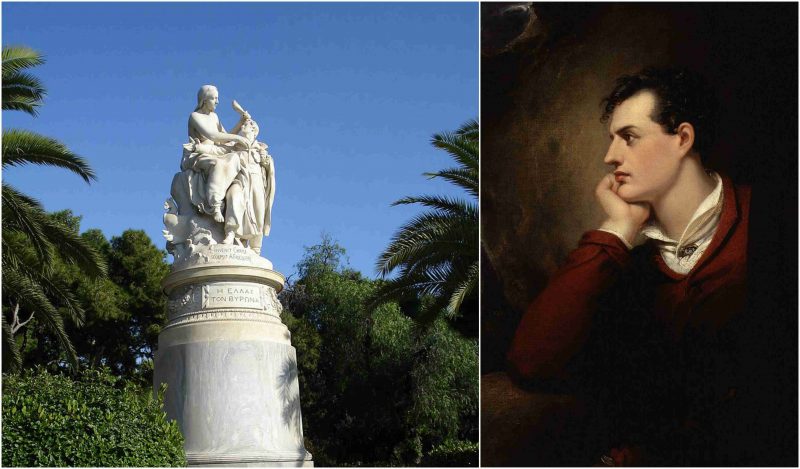George Gordon Byron, better known as Lord Byron, is one of the greatest British poets of all times and was a key figure in the Romantic movement.
Born into an aristocratic family on 22 January, 1788, in London, Lord Byron lived an unusual life and followed no rules, with controversy and notoriety following him everywhere he went.
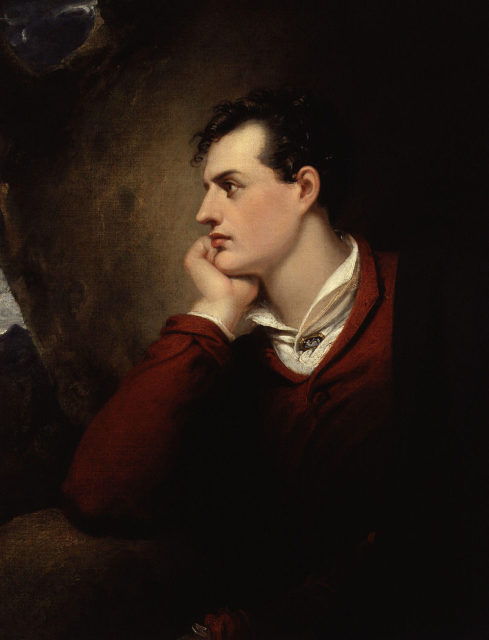
The genius writer had a troubled childhood. Being abandoned by his father, he was raised by a schizophrenic mother and an abusing maid. It is safe to say that these events were key to his flamboyant, devil-may-care attitude and undisciplined behavior evident in his later life.
He received the title Lord in 1798, when he was 10 years old, and became a well-known figure in the world of literature at the age of 20, when he published the satirical poem “English Bards and Scotch Reviewers”, in 1808.


Lord Byron was known for many things, among was his gambling and promiscuous nature. However, there is one more characteristic for which he was famous, and that was his love of animals. During his life, Byron kept a countless number of dogs and cats, but he also kept a variety of exotic animals, such as a monkey, a crocodile, a fox, peacocks, a bear, and a number of badgers.
His favorite pet was a Newfoundland dog named Boatswain, which Byron had for 5 years. The dog got sick from rabies, but that did not stop the poet from nursing the dog, without any fear of becoming infected himself. Boatswain died in 1808, and Byron had it buried on the family estate, with a grandiose tombstone that’s bigger than Lord Byron’s. In 1811, the poet even put a request in his will to be buried beside the dog when he died.
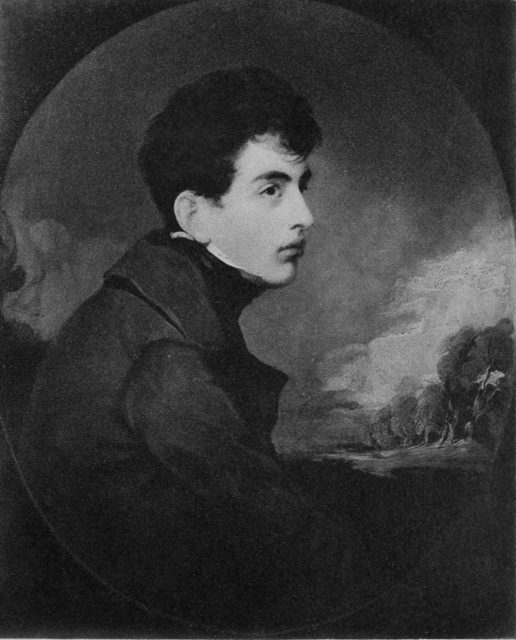
George Gordon Byron attended Trinity College, Cambridge, from 1805 to 1808. At this time, according to the statutes of the college, dogs were not allowed to be kept on the college grounds. Lord Byron was angry with the college rules, so he brought a tame bear as a pet.
The college authorities had an argument with the poet, but since there was no mention of pet bears in the statutes of the college, they had no legal right to expel the bear or its owner. Byron walked the bear on a chain and treated it like a dog. He would talk to it, and even wanted to apply for the bear to become a student at the college. It is not certain how Lord Byron acquired the bear, and when he left Cambridge in 1808, he took the bear with him to his estate in London.
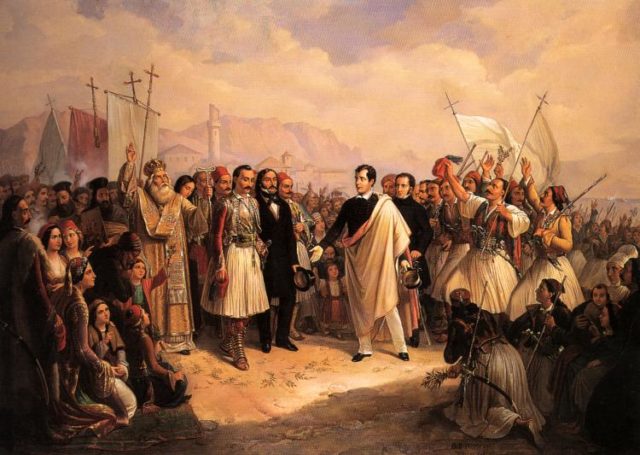
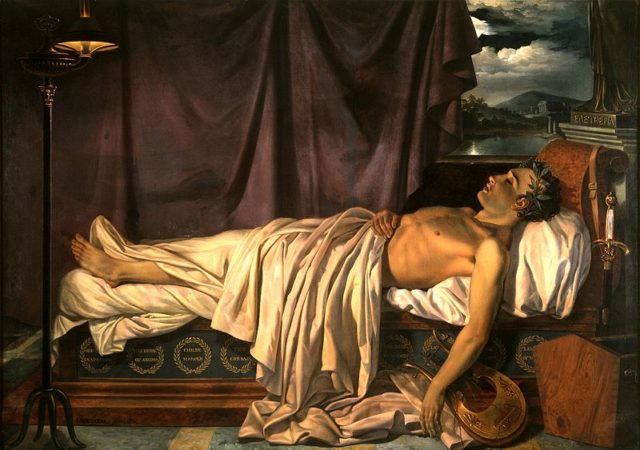
The famous poet lived in several states around Europe, including Switzerland, Italy, and Greece. Everywhere he lived, the animals he kept lived in-house, all except his horses. In 1823, while living in Genoa, Byron decided to join the Greek resistance movement in their fight against the Ottoman occupation. He left for Greece, where he fell sick with malaria and died on 19 April 1824, in Missolonghi.
He was only 36 years old when he died, and was buried at the cemetery in the Church of St Mary Magdalene in Hucknall, England, remembered as the genius who wrote such literary works such as Childe Harold’s Pilgrimage and Don Juan.
